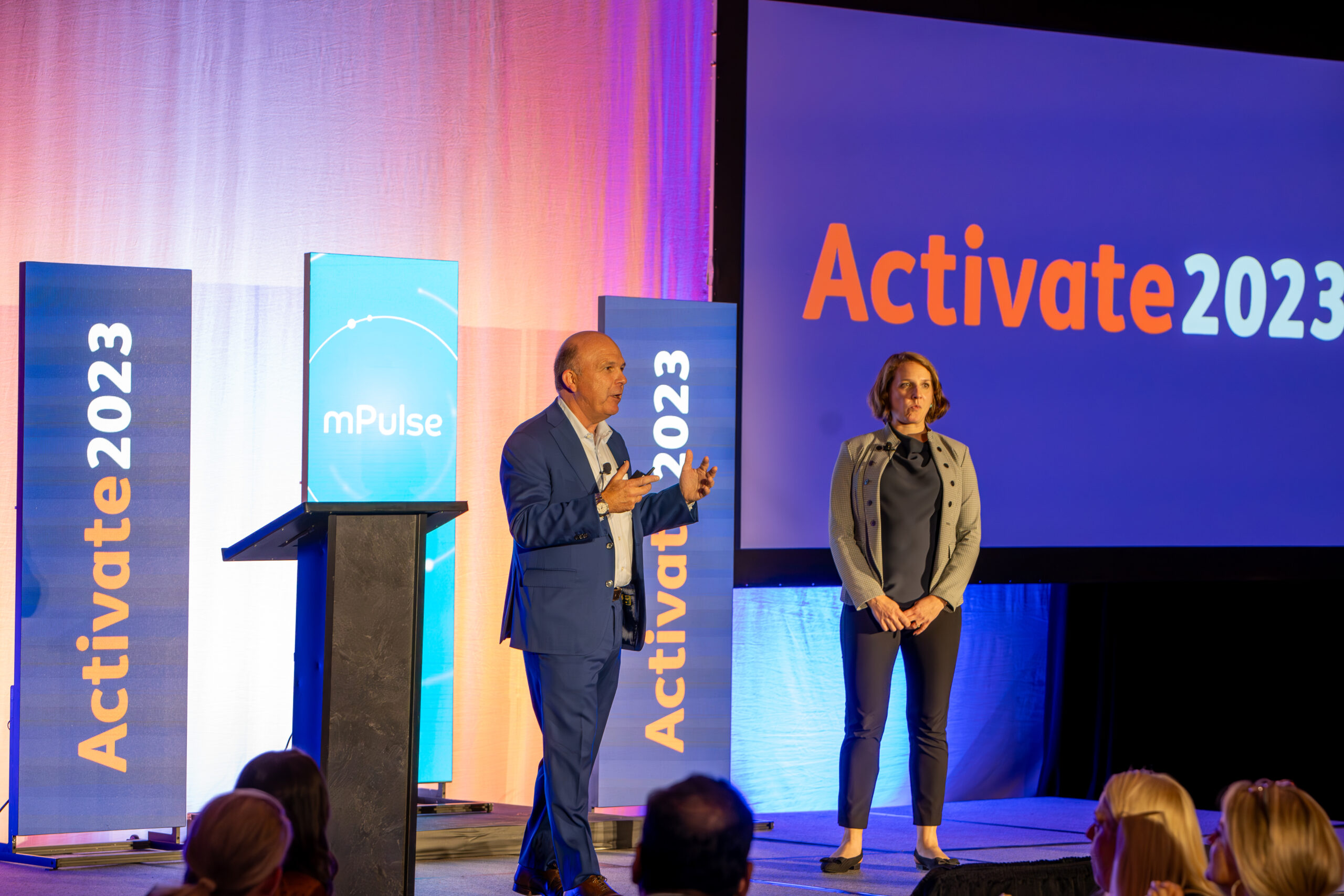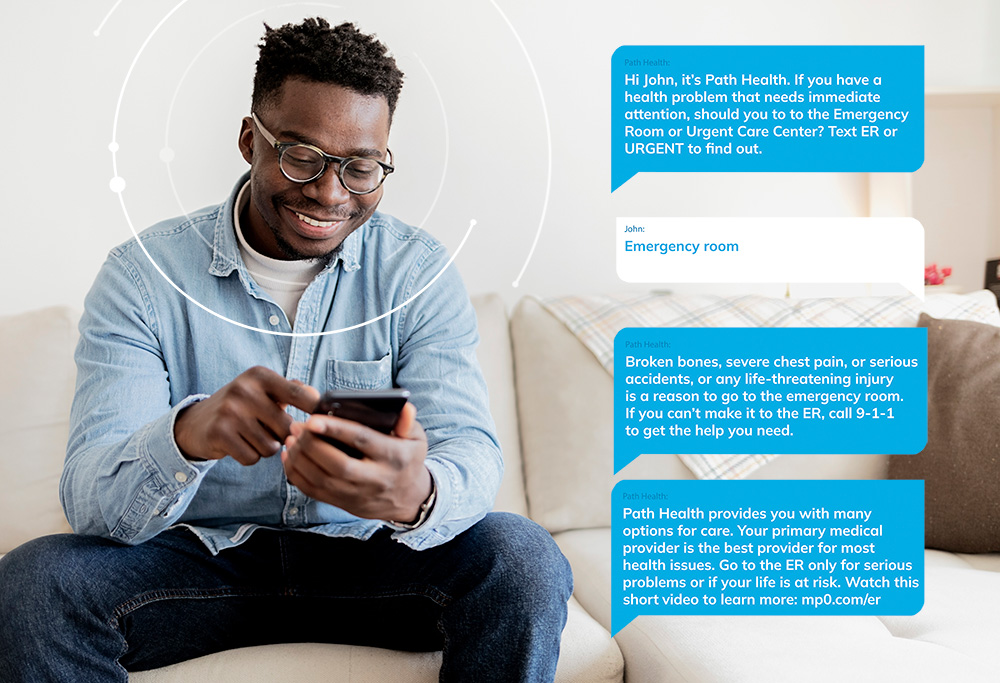The world is undertaking the largest vaccination program in history. It comes as no surprise that a number of logistical and cultural challenges have arisen. After all, there are around 8 billion people with different backgrounds, beliefs, and access to care on the planet, almost all of which should be vaccinated rapidly. Let’s look at the challenges and the solutions required to meet them.
Challenge 1: Supply Strain and Processes
There is not a uniform vaccine distribution approach. Each state and county is constrained by limited vaccine supply and faced with different populations’ needs. This lack of a broad, consistent process creates a lot of questions about who is eligible for a vaccine, how to book an appointment, and where to go for information.
What do people do when they have questions and can’t find clear answers? They reach out to the organizations and people they assume have the answers. The first issue: if people reach out to the wrong source, they may get the wrong information. The bigger issue: a huge surge of calls and other communication with their healthcare organizations, overwhelming staff and resources.
The solution is proactive outreach.
One of the biggest keys to proactive outreach is simply getting started. Establish the line of communication with members and patients to build awareness and establish trust. Then it’s all about reaching out quickly and thoughtfully. Provide updates as soon as possible, answer questions before they are asked, and share access to resources. The more reliable Covid vaccine information patients and members can easily access, the more empowered they are.
Pro Tip: Tailor Covid vaccine outreach based on eligibility. This reduces questions and improves patient and member experience as they do not try to schedule a vaccine appointment before they are eligible.
Learn more about the mPulse Mobile Ages 5-11 Covid Vaccination solution »
Challenge 2: Vaccine Education
According to Pew Research, about 40% of Americans say they do not plan to get the vaccine, though nearly half of this group cited the need for more information. At first, these stats can be a little surprising; Dr. Fauci has become something of a celebrity and the CDC is constantly sharing information. But for a range of reasons, these national campaigns aren’t convincing this segment of the population.
The solution is tailored education.
The first step in providing tailored education is understanding what personas and population segments are questioning or are doubtful of current Covid vaccines. Any healthcare organization that does not have a clear idea of who in their population falls into this category should begin with simple outreach to find out. This can be as basic as a short survey, maybe even just a single question asking whether they intend to get a Covid vaccine.
Once this population is identified, the trick is to deliver education through channels and formats they prefer. Some ideas include videos of doctors or other healthcare experts from nearby or similar communities discussing vaccine safety, digital fotonovelas featuring identifiable characters, and other streaming media like podcasts or video courses that address their specific concerns. People resonate with different messages and formats; it’s all about relating to them.
Pro Tip: Begin with basic outreach to better understand your population and their sentiments. This also opens a valuable communication channel that can be used for education.
A holistic Covid vaccine engagement solution must be able to impact both of these challenges to help your organization achieve the widest possible vaccine distribution possible this year.













